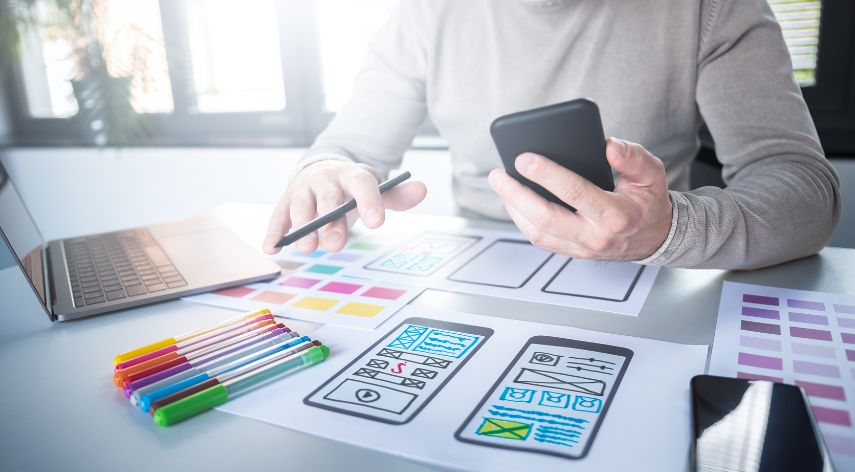PVC Co-polymers The World’s Favorite Plastic And Its Many Applications
PVC or Polyvinyl Chloride was initially manufactured in Germany in the year 1931. Today more than 40 million tons of plastic are produced each year. The lightweight and robust material could substitute a variety of other costlier materials, including wood, glass, metal, paper, fabrics, and natural fibers. Different types of PVC help in saving scarce resources, offer improved processability, fire containment (PVC is self-extinguishing), and cost-effectiveness. That is what makes PVC liked across industrial and consumer segments.
The Composition of PVC
The synthetic resins called plastics may be thermosetting (hardened once cannot be softened again) and thermoplastic (can be softened again through heating and remolded). PVC or Polyvinyl Chloride belongs to the latter category. The benefits of the material start to come during its production stages itself. Unlike many other materials, PVC copolymers is a plastic that resists oxidization and degradation and can also be supplied in a powdered form (provides for long-term storage). A variety of additives and pigments can also be added to PVC while processed to add to it many new and desired qualities. For instance, chlorinated PVC resists corrosion even better.
Uses and Applications of PVC
PVC today may come in two primary forms, including the rigid and the flexible form. Rigid PVC is used in appropriate applications, including pipes and profile applications, including windows and doors. Rigid PVC also finds its use in non-food packaging bottles, cards (as in the credit cards), and other areas. Upon the addition of certain additives called plasticizers, PVCs can be even more flexible and soft. The softened versions of PVCs are used to insulate electrical cables, plumbing, signages, flooring, inflatable products, and other areas where it can also replace rubber. PVC may also be combined with specific materials for producing certain critical and popular goods, as in the production of the canvas (made using linen and cotton and PVC).
Below are some of the essential applications and uses of PVC that make it a common material that we can easily find around us, in the form of many different products and materials.
Piping: Half of the world’s PVC produced is used for making piping for industrial, municipal, and residential uses. Certain properties of PVC, including lightweight, low cost, as well as low service and maintenance requirements, make it quite attractive to be used in piping.
Electrical cables: Plasticized or softened PVC can be used for insulating the electrical cables, especially those with a low-voltage armoring. Self-extinguishing properties of PVC help in the containment of the fire.
Construction: PVC makes a part of many different components of infrastructure, including public infrastructure. It is lightweight yet highly durable and may be softened further by using suitable plasticizers depending on the application. However, the construction industry may use the uPVC or unplasticized PVC extensively as it requires the least maintenance. In these cases, PVC may replace materials, including wood. The well-finished and aesthetically pleasing PVC materials also come in a variety of finishes and colors.
Clothing and Apparels: Another reason that makes PVC a favorite material of the world is that it can provide for very affordable clothing that resists the adverse effects of both weather and water. PVC copolymers are used widely in the manufacturing of jackets, shoes, skiing equipment, and coats. Specialty clothing, including artificial leather, uses PVC as it is much more affordable than other materials, including latex, leather, and rubber.
Flooring: The affordability, strength, and other qualities of PVC also make it a suitable flooring material. PVC floorings are nowadays found in a variety of establishments and buildings, including hospitals, homes, schools, offices, etc. The flooring may also include the 3D and the more complex designs, which are also protected through an additional wear layer. PVC flooring is very safe with appropriate smoothness, and its upper wear layer does not allow dirt build-up. PVC flooring can resist microbial growth and be kept sterile rather quickly, which reveals why it is used extensively in clinics and hospitals.
Health Care: The use of PVC is not merely restricted to the form of flooring in the healthcare industry. PVC is used for making a variety of flexible containers, tubing, and other materials useful for the healthcare sector. For instance, PVC containers and bags are generally used for carrying blood and blood components and urine. It also takes the form of catheters and other critical medical devices. Different types of medical equipment, including the hemodialysis sets, heart-lung bypass sets, and others, use PVC.
PVC is a safe material that does not impact health adversely, is convenient to use, and may also offer certain aesthetic advantages. PVC products are now supporting the common life of humans globally, in the form of electronic products, urban infrastructure, and an endless variety of consumer goods.
Alfred Williams, a distinguished business writer, navigates the corporate landscape with finesse. His articles offer invaluable insights into the dynamic world of business. Alfred's expertise shines, providing readers with a trustworthy guide through the complexities of modern commerce.
Recommended For You
Spread the love The name Broderick Bevineau makes you think of new ideas and starting your own business. Bevineau has
Spread the love The popularity of Airbnb has paved the way for many entrepreneurs to build businesses in the short-term
Spread the love Creating a well-designed and functional website starts long before coding begins. The prototyping phase is a critical




